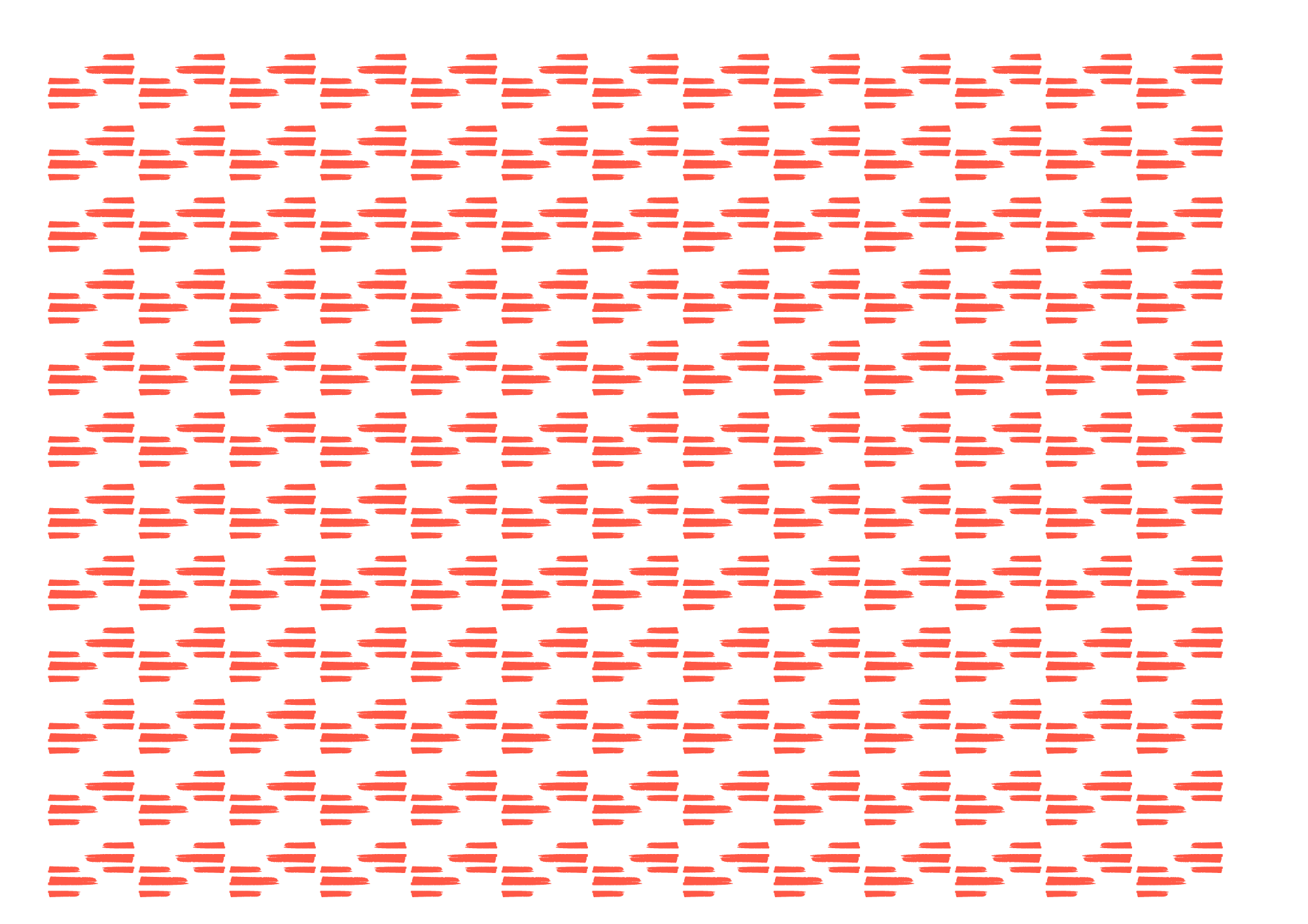Afghanistan: Girls Disadvantaged in Afghan Education
Girls make up only 35 percent of children in school in Afghanistan, being kept out of the education system by a lack of female teachers, early marriage and the need to work, agencies said Monday.
Attacks on schools by extremist militants also remained a challenge, a United Nations representative said as a provincial government reported that Taliban had abducted two teachers and a school superintendent on Sunday.
“Currently, only 35 percent of enrolled children are girls,” international humanitarian agency CARE said. “And, despite overall increase in numbers of enrolled children, the percentage of female students is not increasing.”
About 6.2 million children are enrolled in school in Afghanistan, according to the education ministry. This is up from around one million in 2001, when the extremist Taliban regime was removed after five years in power.
However, only half of all children in the war-wracked country go to school.
“Despite important progress made, we cannot overstate the continued exclusion of girls in education,” Catherine Mbengue for the UN children’s fund, UNICEF, told a media briefing.
The disparity was reflected in literacy rates of 14 percent for girls aged between 15 and 24 years and 51 percent for boys of the same ages, she said.
Girls were being left out of school because many had to work or were forced into early marriage as well as a lack of female teachers, she said.
CARE said separately only 28 percent of teachers in Afghanistan were women.
“This inhibits girls’ participation in education, as parents are reluctant to have teenage girls being taught by a male teacher.
“Likewise, parents are hesitant to send their girls to schools if they are far from their homes,” it said in a statement.
The Taliban barred girls from going to schools and are today behind a bitter insurgency that has seen repeated attacks on the education system.
Such violence left 220 pupils and teachers dead in 2007, the education ministry said last month. UNICEF said there had been 236 attacks on schools in 2007 with 23 recorded so far this year.
In the most recent, gunmen captured a school superintendent near the south-central town of Ghazni late Sunday and made him give the addresses of two male teachers who were also picked up, the provincial government said.
“We are still trying to locate them,” government spokesman Ziauddin Zadran told AFP.
Chief Taliban spokesman Zabihullah Mujahed said local loyalists of his militia had captured the three although he was still trying to find out why, and if they would be freed.
Mbengue said UNICEF was working with local communities and religious leaders to see how best to protect schools while also boosting the number of female teachers.
She said others outside the education system included street children, about 38,000 of whom were estimated to be working in Kabul alone, and those with disabilities or in detention centres.
There were 400-450 juveniles aged between 10 and 20 in rehabilitation centres around the country and 71 children aged between two months and 13 years with their mothers in Kabul’s main prison, Pul-i-Charki, she said.
Source: AFP – 21 April 2008

